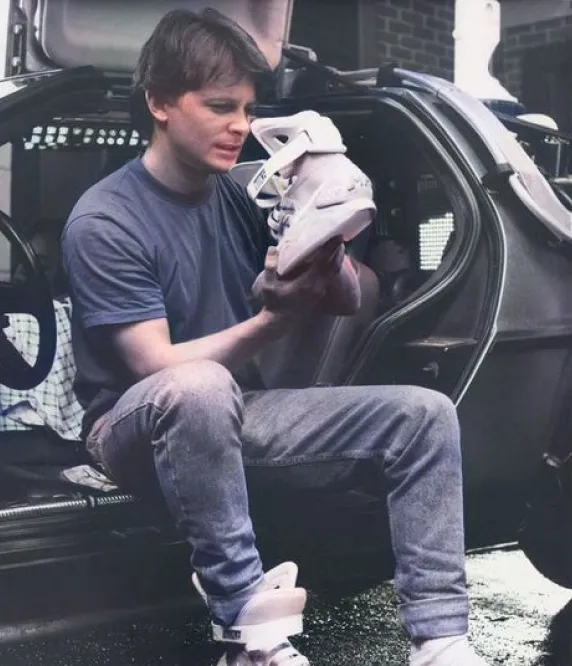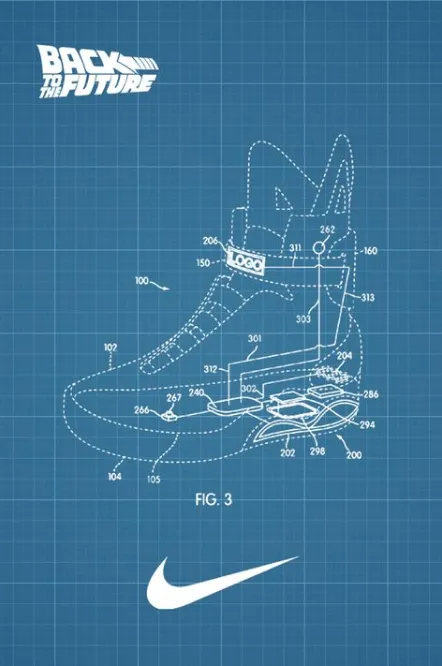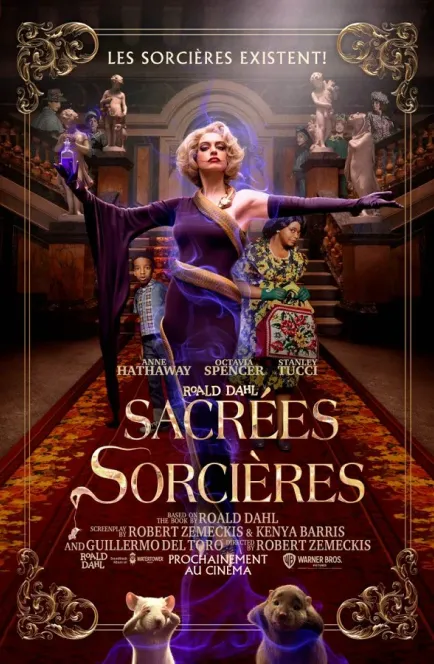
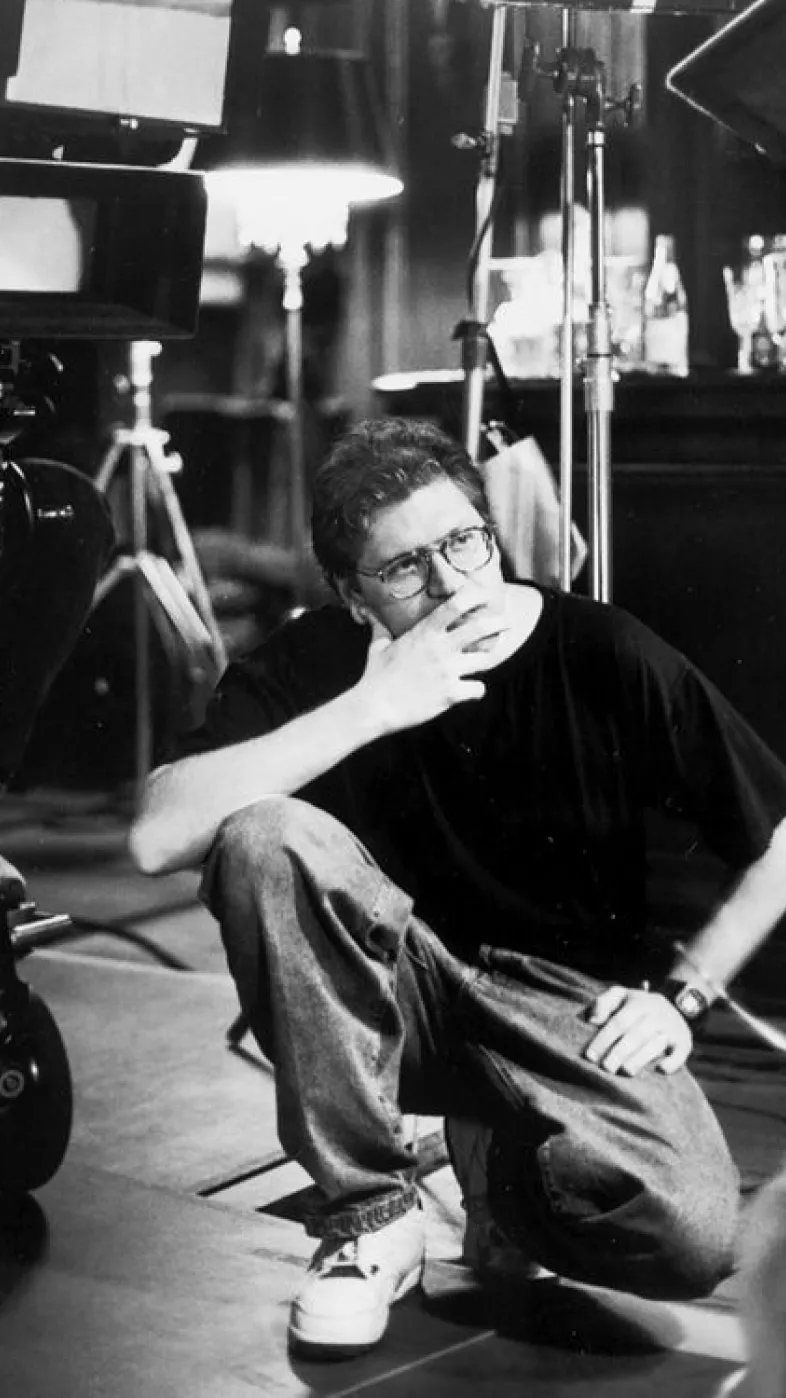
Robert Zemeckis
Visionary of Cinema and Technology
Written on October 17, 2024Reading time 4 min
A visionary filmmaker, Robert Zemeckis revolutionized cinema with innovative techniques and films cult films
“I believe that cinema is an art that allows us to tell stories in a unique way.”
- Robert Zemeckis
 Robert Zemeckis May 14, 1952
Robert Zemeckis May 14, 1952
His career really took off in the 80s with the success of “In Pursuit of the Green Diamond”. Diamond”. But it was with the “Back to the Future” trilogy that Zemeckis established himself as a master of entertainment. The first released in 1985 became an instant classic.
For “Back to the Future II” (1989) Zemeckis pushed his imagination even further, particularly in his vision of futuristic fashion. His conception of the clothes of 2015 astonishingly anticipates certain aspects of today's techwear today. He imagines self-adjusting garments, predicting today's intelligent fabrics. The sneakers with lacing sneakers inspired Nike to create a real-life model in 2016.
The brightly colored and exaggeratedly shaped outfits in the film reflect a bold vision of evolution of of fashion. Although whimsical, these creations have influenced popular culture and inspired genuine technological innovations technological innovations in the clothing industry. For example, Google Glass and other smart glasses are reminiscent of the futuristic spectacles worn by certain characters in the film, or the Ministry of Supply brand, which has created a heated jacket controlled by a mobile application.
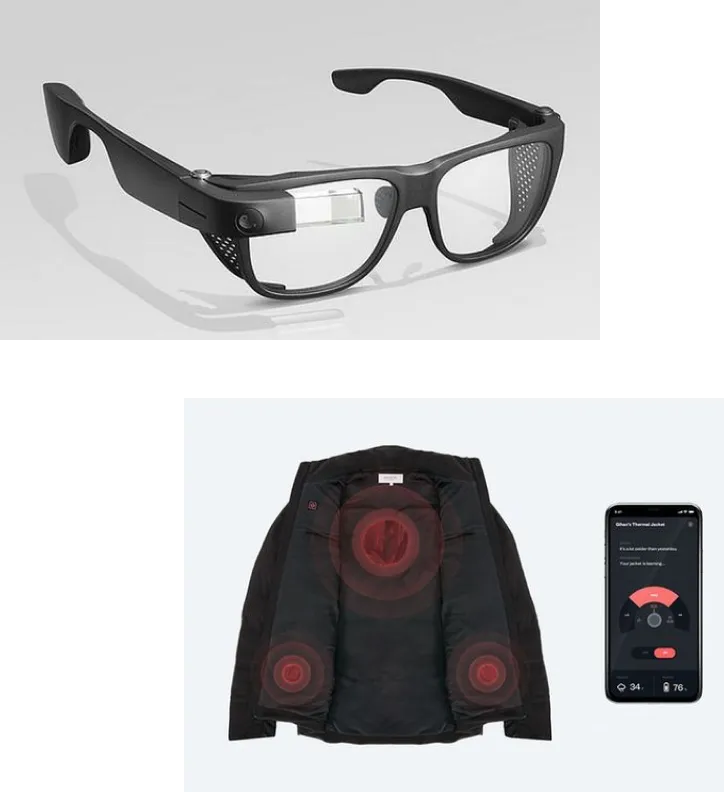 Google Glass & Ministry of supply jacket
Find out more about Back to the Future
Google Glass & Ministry of supply jacket
Find out more about Back to the Future
Zemeckis' visionary approach resonates particularly well with today's techwear trends. techwear trends, where functionality meets futuristic style.
Zemeckis: Pioneering the cinematic future
Beyond this cult saga, Zemeckis continues to explore new cinematic frontiers. “Who Wants the Skin of Roger Rabbit” (1988) mixed animation and live action, while ”Forrest Gump” (1994) won him the Oscar for Best Director.
Beyond this cult saga, Zemeckis continues to explore new cinematic frontiers. “Who Wants the Skin of Roger Rabbit” (1988) mixed animation and live action, while ”Forrest Gump” (1994) won him the Oscar for Best Director.
His taste for technological innovation has never wavered over the years. He is one of the pioneers in motion capture with films such as “The Pole Express” (2004) and “Beowulf” (2007).

These experiments, though received with mixed reviews, bear witness to his constant desire to the limits of the medium an approach that echoes the constant innovations in techwear and futuristic fashion. futuristic fashion.
Zemeckis' visionary legacy
More recently, Zemeckis has alternated between ambitious projects like “Allies” (2016) and a return to his roots with with “Welcome to Marwen” (2018). His latest film, “Sacrées Sorcières” (2020), shows that he has lost none of his his talent for blending special effects and captivating storytelling.
Zemeckis' influence on contemporary cinema is undeniable, as is his indirect impact on futuristic For fans of techwear and avant-garde fashion, Zemeckis' work remains a source of inspiration. source of inspiration Zemeckis' work remains an inexhaustible source of inspiration, showing how today's imagination can shape tomorrow's reality.

